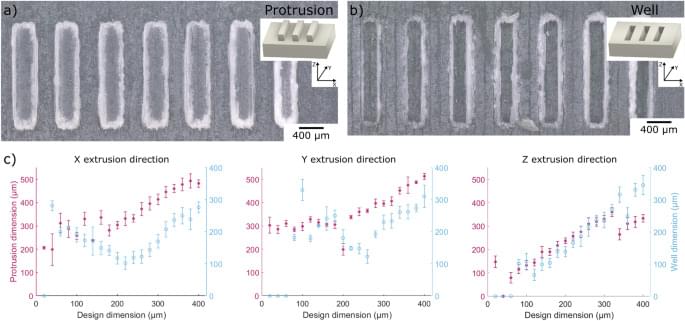I believe that nanotechnology could be imbedded into paper so a paper computer could give one the same information as a smartphone but at pennies per smartphone. Right now we can print out 3D copies of paper phones and other things next would be nanotechnology made of paper with quantum mechanical engineering.
Irish company Mcor’s unique paper-based 3D printers make some very compelling arguments. For starters, instead of expensive plastics, they build objects out of cut-and-glued sheets of standard 80 GSM office paper. That means printed objects come out at between 10–20 percent of the price of other 3D prints, and with none of the toxic fumes or solvent dips that some other processes require.
Secondly, because it’s standard paper, you can print onto it in full color before it’s cut and assembled, giving you a high quality, high resolution color “skin” all over your final object. Additionally, if the standard hard-glued object texture isn’t good enough, you can dip the final print in solid glue, to make it extra durable and strong enough to be drilled and tapped, or in a flexible outer coating that enables moving parts — if you don’t mind losing a little of your object’s precision shape.
The process is fairly simple. Using a piece of software called SliceIt, a 3D model is cut into paper-thin layers exactly the thickness of an 80 GSM sheet. If your 3D model doesn’t include color information, you can add color and detail to the model through a second piece of software called ColorIt.








